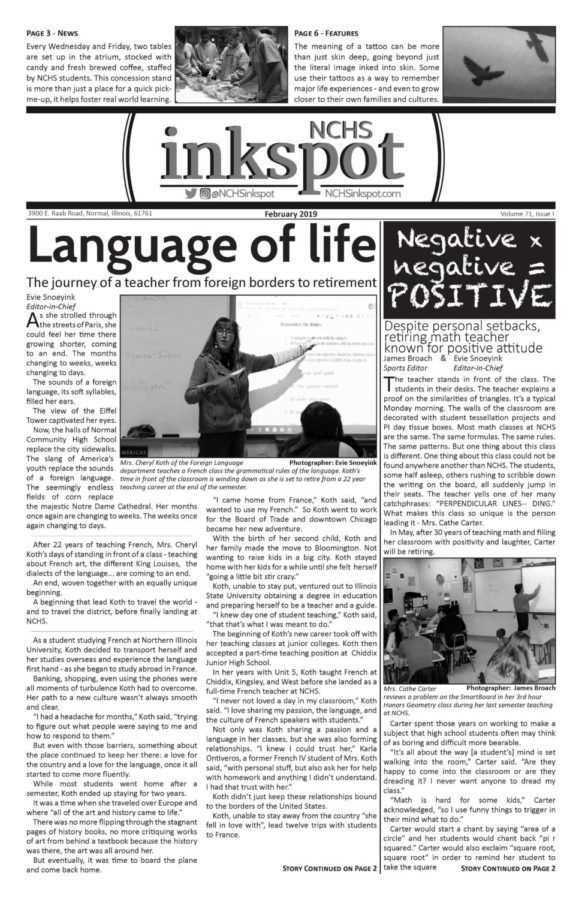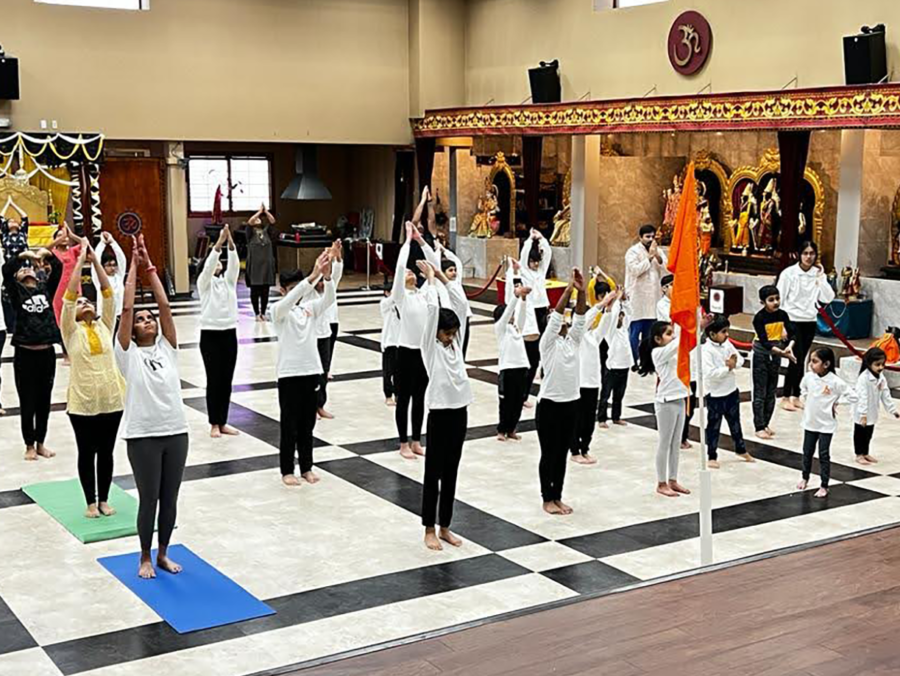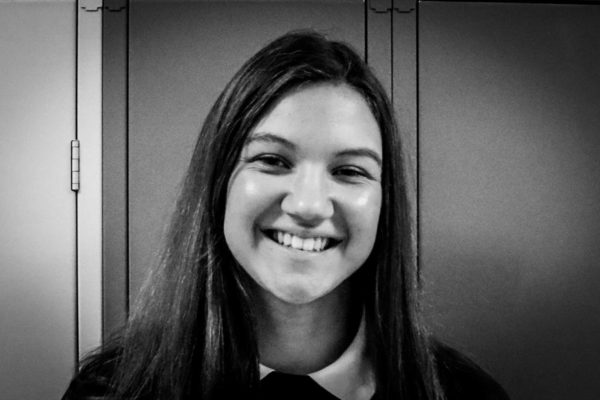In 2020, 697,000 Americans died — not of COVID-19, but of heart disease.
The leading cause of death in the U.S. every year for the last 70 years, heart disease remains an epidemic in itself.
An epidemic that only worsened when heart disease fatalities increased by four percent in 2020 — reversing a decades-long death rate decline that the CDC recognized as “one of the ten greatest public health achievements of the last century.”
But in this epidemic, the ‘vaccine’ is not an assemblage of proteins in a syringe labeled “Pzfizer.”
It’s healthy habits and physical activities like yoga.
Beyond reducing stress, strengthening muscles, and improving sleep, consistently incorporating traditional yoga into one’s routine improves heart health.
By relaxing the arteries and boosting one’s metabolism, yoga can help control the cholesterol, blood pressure and blood sugar levels that contribute to heart disease.
But physical benefits comprise only one chamber in the heart of yoga.
One of multiple chambers—not the chamber, as Americans who ignore yoga’s spiritual and cultural roots so often forget.
Pranathi Ganti (’24), who has practiced yoga through a cultural lens for half a decade, said yoga is “a Hindu concept that has been adopted by American culture, but also twisted.”
Reduced solely to a form of physical exercise with severely underplayed mental benefits, yoga in the U.S. has been commodified and commercialized—whitewashed by Western standards of fashion and beauty in the form of grossly overpriced Lululemon leggings.
That’s where the remedy for yet another epidemic—misinformation and neglect for cultural tradition—comes in: the Health for Humanity Yogathon.
For nearly two decades, the Yogathon has invited people nationwide to build heart-healthy habits through yoga while spreading cultural awareness.
Since 2007, people from 43 states — despite differing faiths and beliefs — have joined together in yoga centers, through community organizations, at schools and colleges, and now, over Zoom, to participate in the ancient Hindu practice.
The two-week-long event, sponsored by the Hindu Swayamsevak Sangh, began at the start of the Hindu New Year on Jan. 15 and ended Jan. 29 — just before February, American Heart Month.
Sangh, as the organization is popularly known, aims to practice, preserve and advance the ideals and values of the Hindu culture.
For two weeks in January, the focus is yoga.
Two weeks, a duration intended to help participants build lifelong habits, habits inspired by traditions from lifetimes ago.
The Yogathon is centered on Surya Namaskar — a sequence of ten physical poses commonly used in yoga. The series of movements, meaning “Salute to the Sun,” originated with the ancient practice of honoring Surya: the Hindu solar deity.
Jan. 15, the start of this year’s Yogathon, coincided with Makar Sankranti, a prominent festival celebrating this sun god.
Last year’s celebration was so widespread that over the course of the Yogathon, participants across the country performed a total of 728,795 Surya Namaskars, or sun salutations—making the total number of Surya Namaskars performed since the Yogathon’s inception exceed 4 million.
That reception earned the attention of The Illinois House of Representatives, which formally commended Sangh’s Yogathon for promoting spiritual, mental, and physical well-being in February 2022.
This year, a group of local adults and teens from Sangh continued to help organize opportunities for Bloomington-Normal residents to participate in the annual event.
Karthika Nair (’23) said that since she began attending the local Yogathon seven years ago, she has felt encouraged to regularly practice yoga with purpose.
“The different asanas are meant to not only target your physical growth and your physical stamina and wellbeing,” Nair said, “but also your mental stamina, your mental stability.”
While building healthy habits is a key tenet of the marathon-style event, education—understanding why each asana, or pose, is more important than a mere workout or mental break—remains the true heart of the Yogathon.
Each Yogathon Zoom meeting includes explanations of the purpose behind the Surya Namaskar performed during the session and ends with a Q&A.
Ganti said this education—a conscious understanding of the practice’s purpose and its benefits—is absent in average yoga classes.
For centuries, yoga has signified the “union between the mind, the body and the soul,” Ganti said — but in the U.S., the practice is often reduced to the body through a haphazard execution of downward dog or tree pose.
Instead of merely practicing yoga for its physical benefits, Ganti said, yoga “is also essential in order to remain calm, especially in the midst of time that can be turbulent.”
While the first two weeks of the Yogathon typically attract those already familiar with this mental significance, Ganti said, the final session on the 29th was designed to “spread awareness” about sun salutations’ wholistic benefits, to “gather as many people [as possible] to do the Surya Namaskar.”
Through this final community outreach event, Ganti said, Sangh was “trying to help people appreciate the culture instead of appropriating it.”
“I hope the idea of yoga is rekindled, revitalized, and brought to life again,” Ganti said.


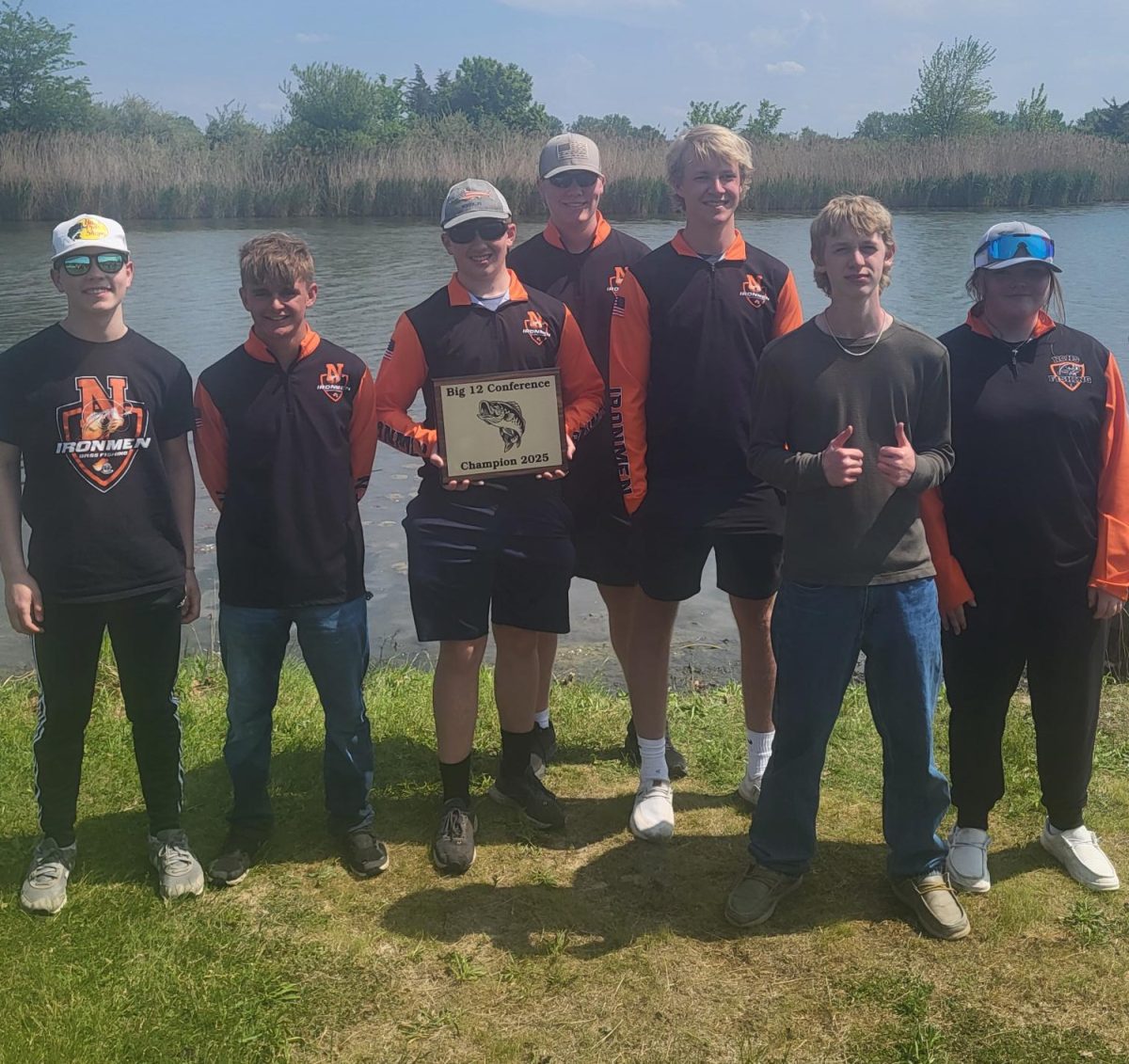

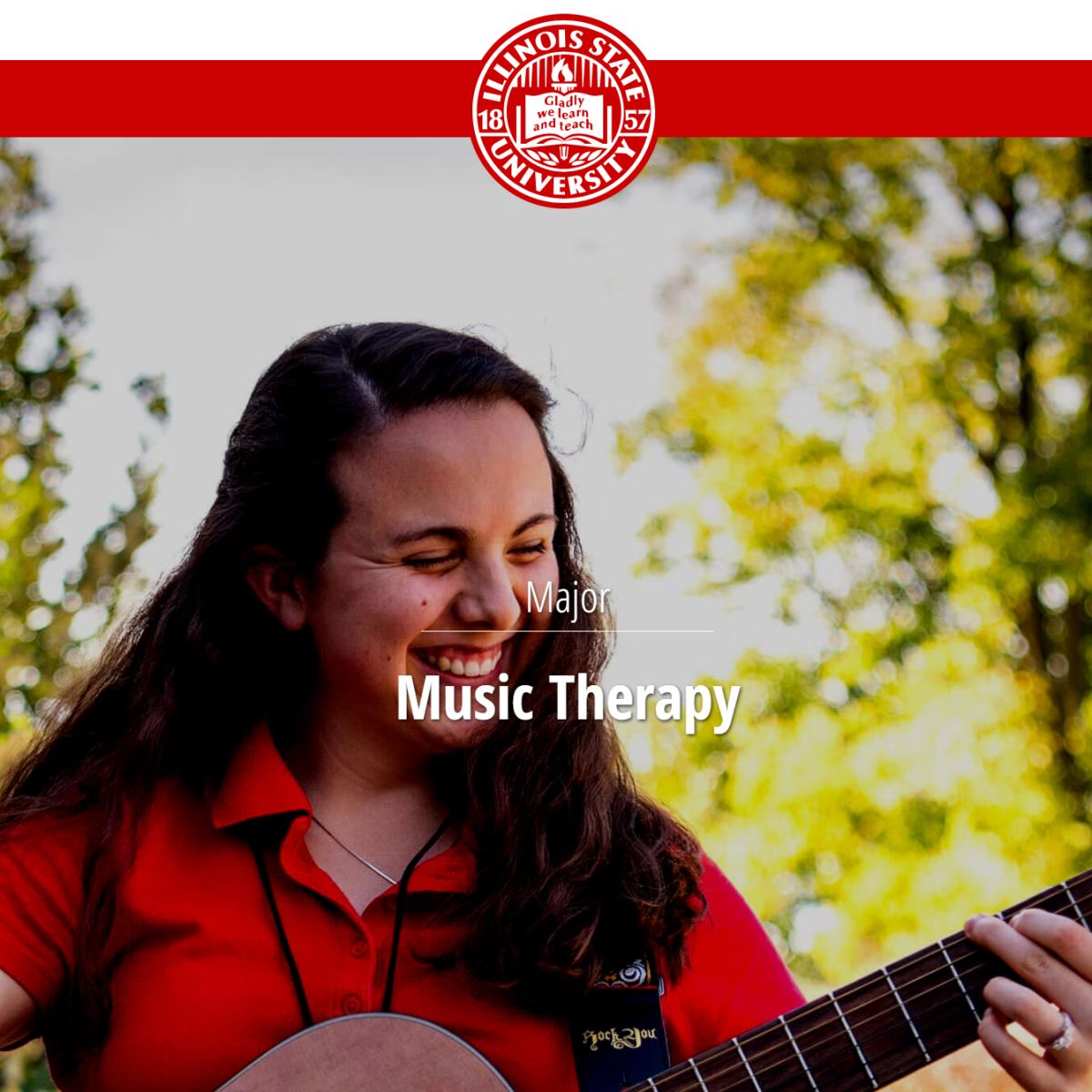








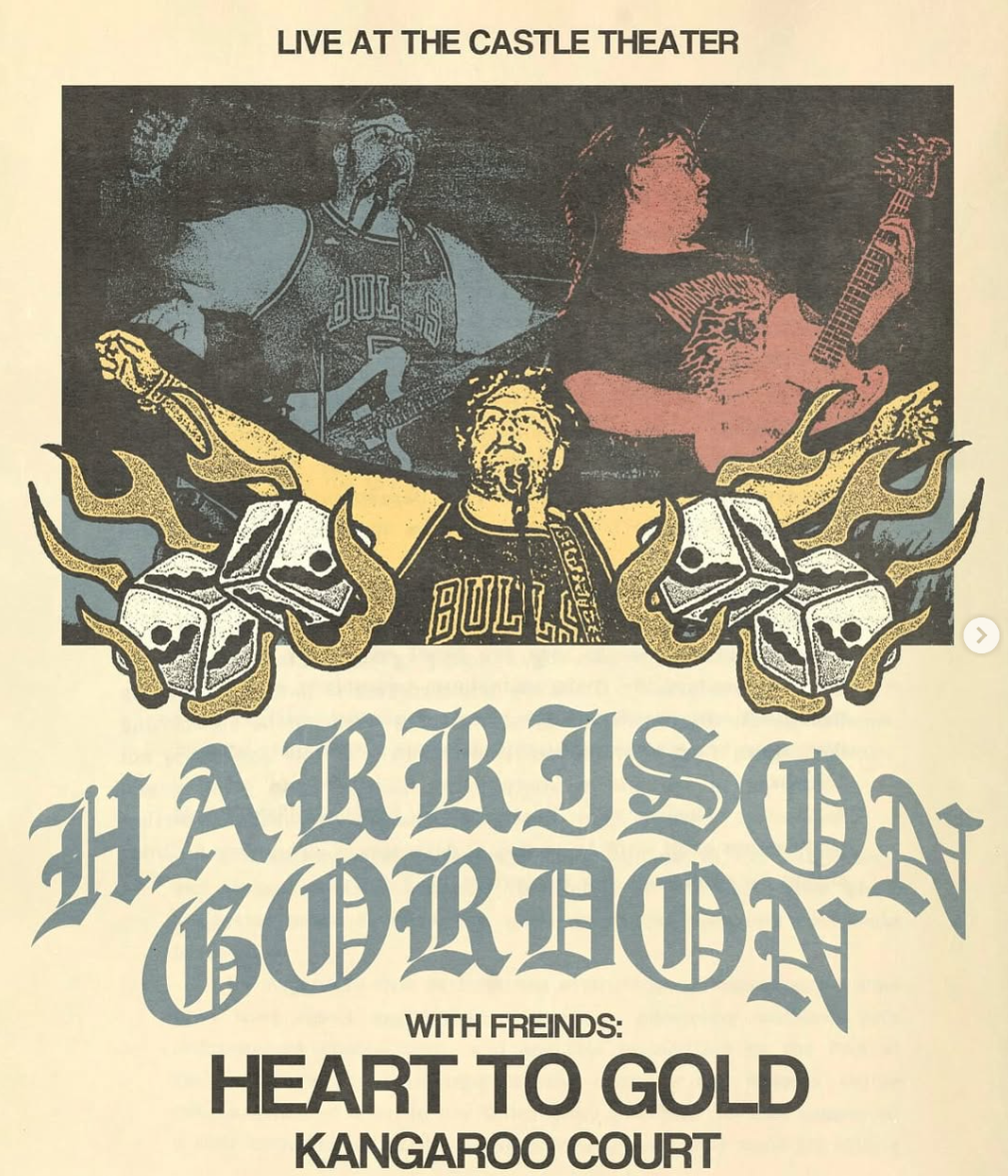









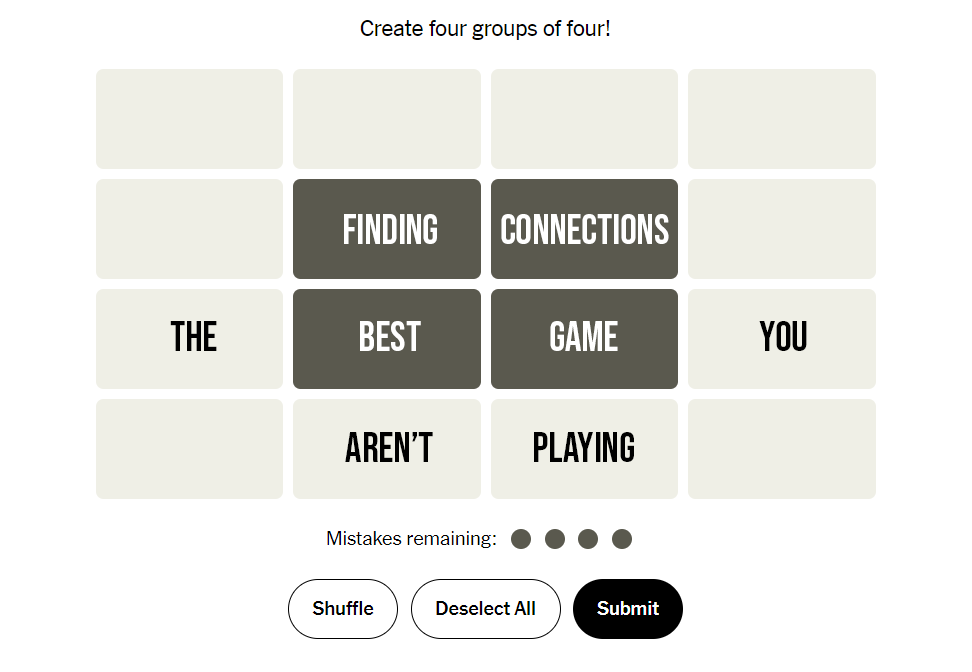




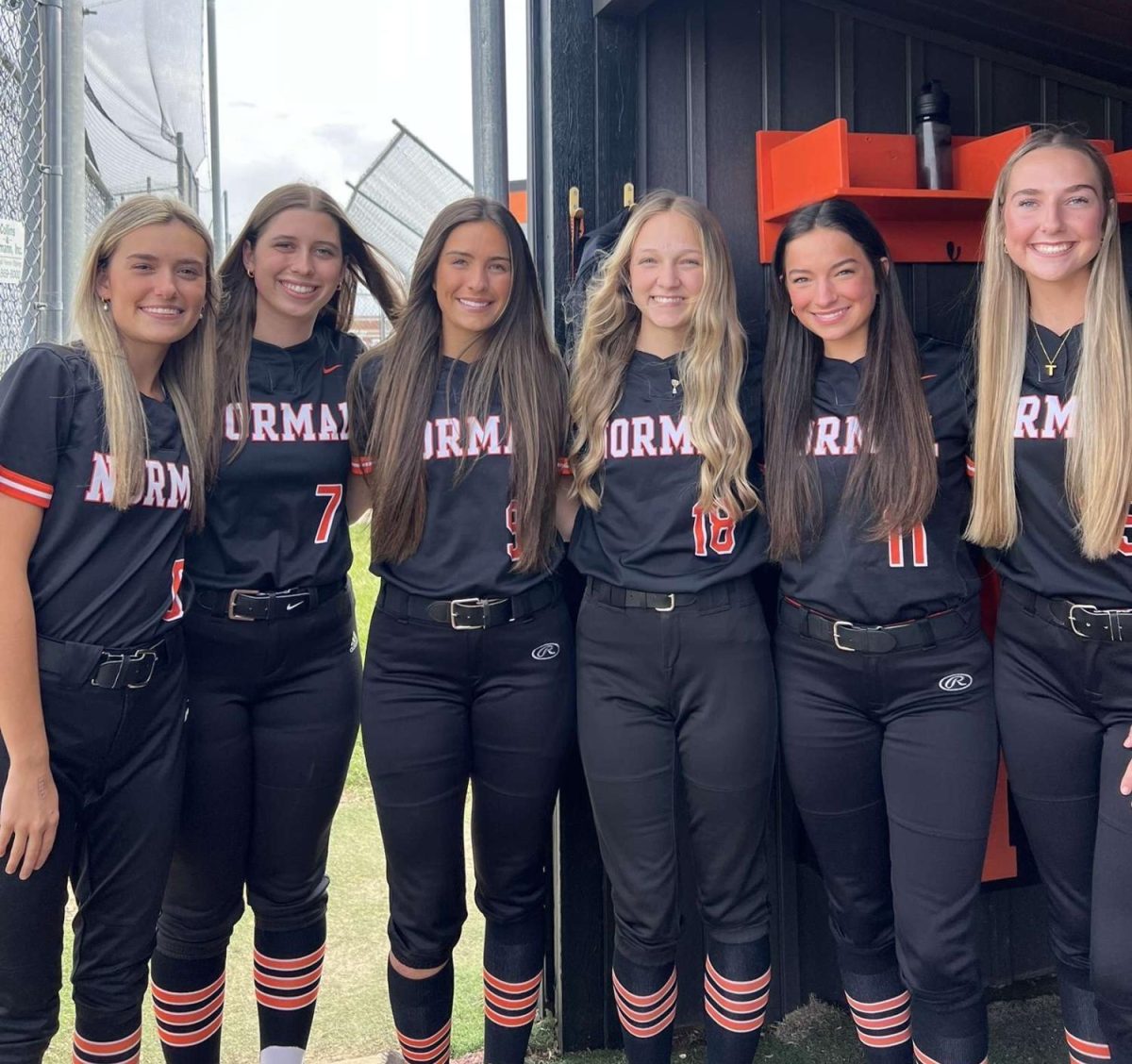
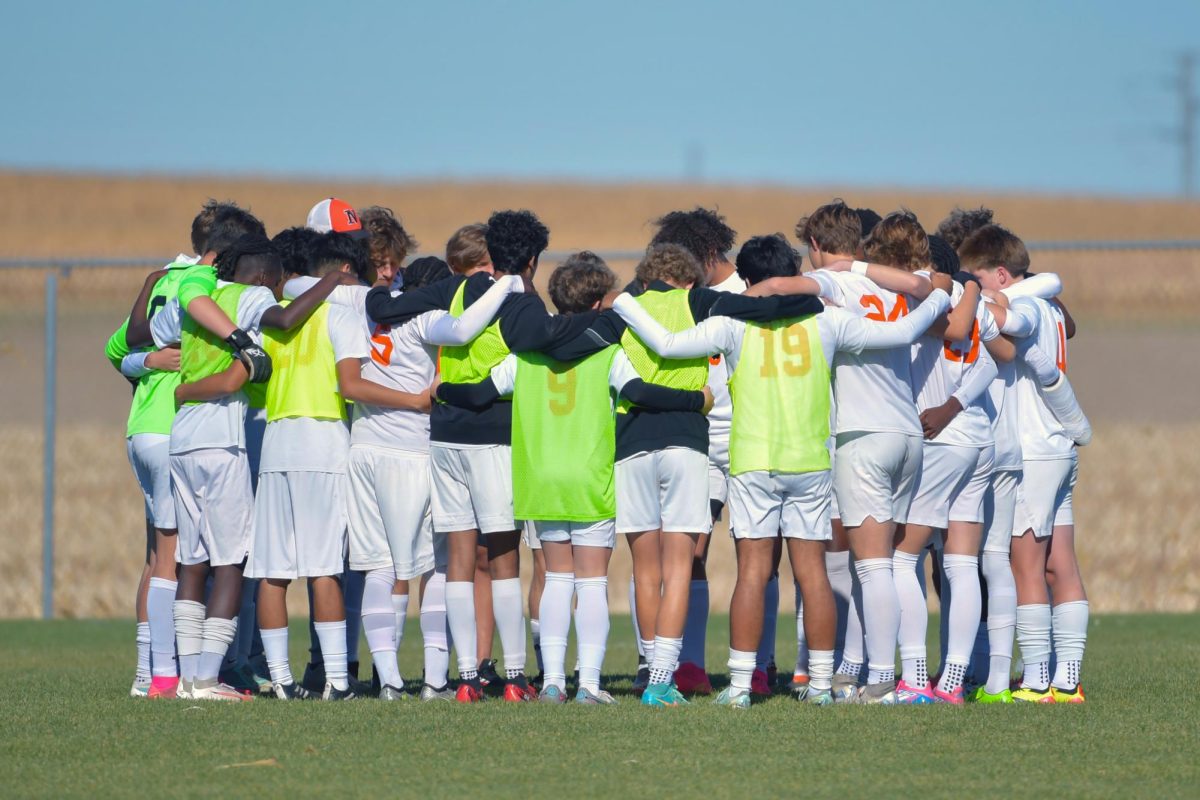
![Coach Drengwitz on the loss to Mt. Carmel, 2024 season [video]](https://nchsinkspot.com/wp-content/uploads/2024/11/Postseason-presser-feature-1200x800.png)


![IHSA 7A Football Playoffs Quarterfinals: Ironmen head coach on facing the Mt. Carmel Caravan [video]](https://nchsinkspot.com/wp-content/uploads/2024/11/0w12-web-feature-1200x800.png)

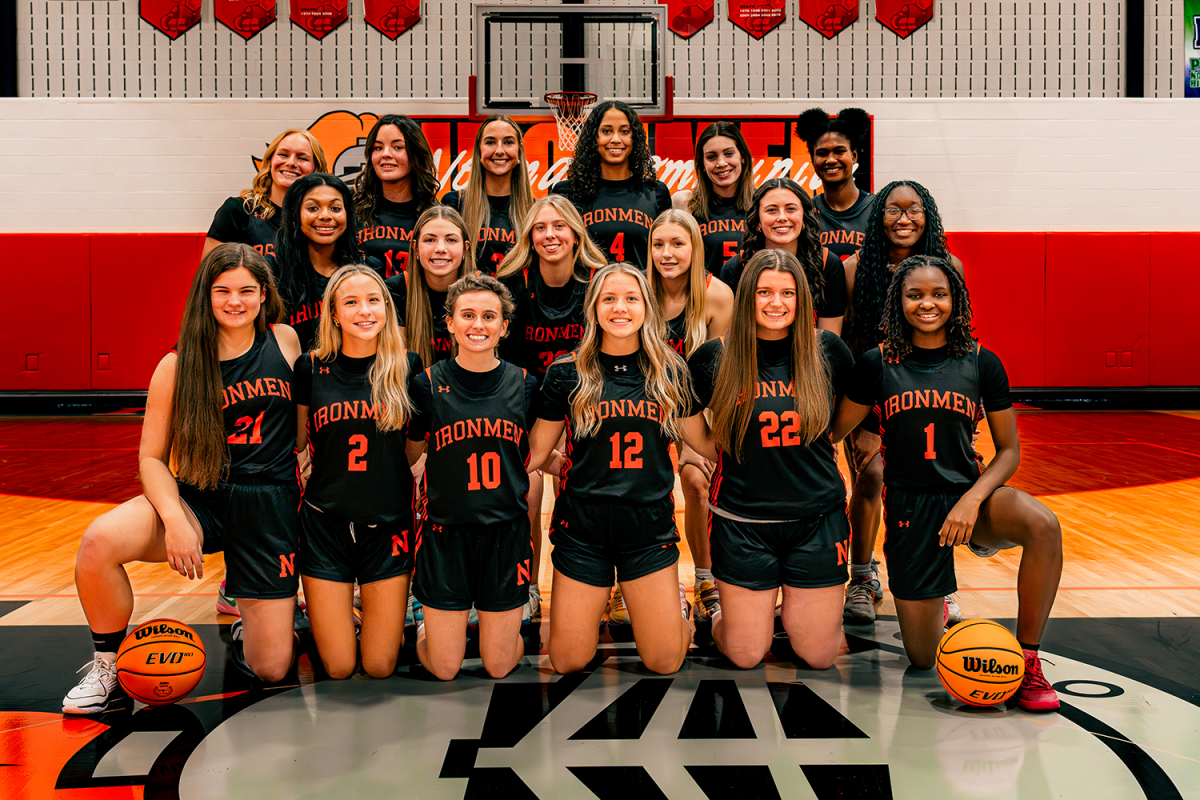
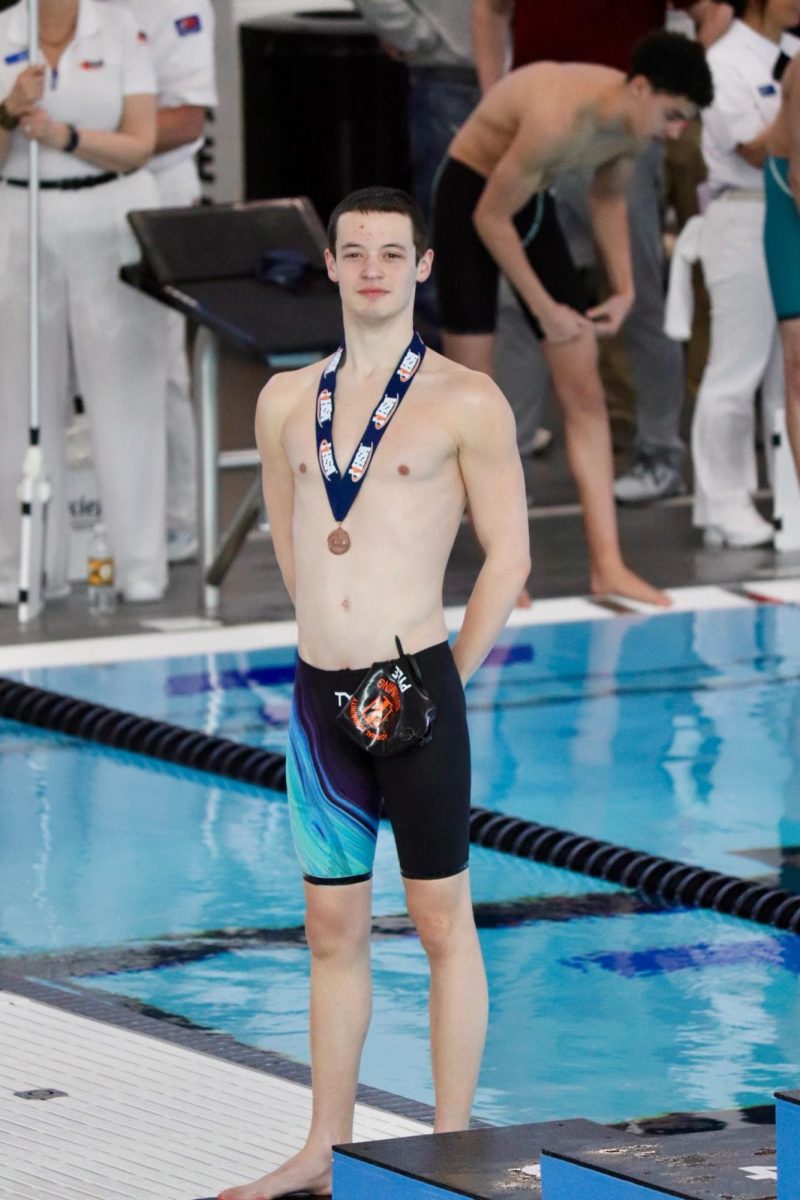

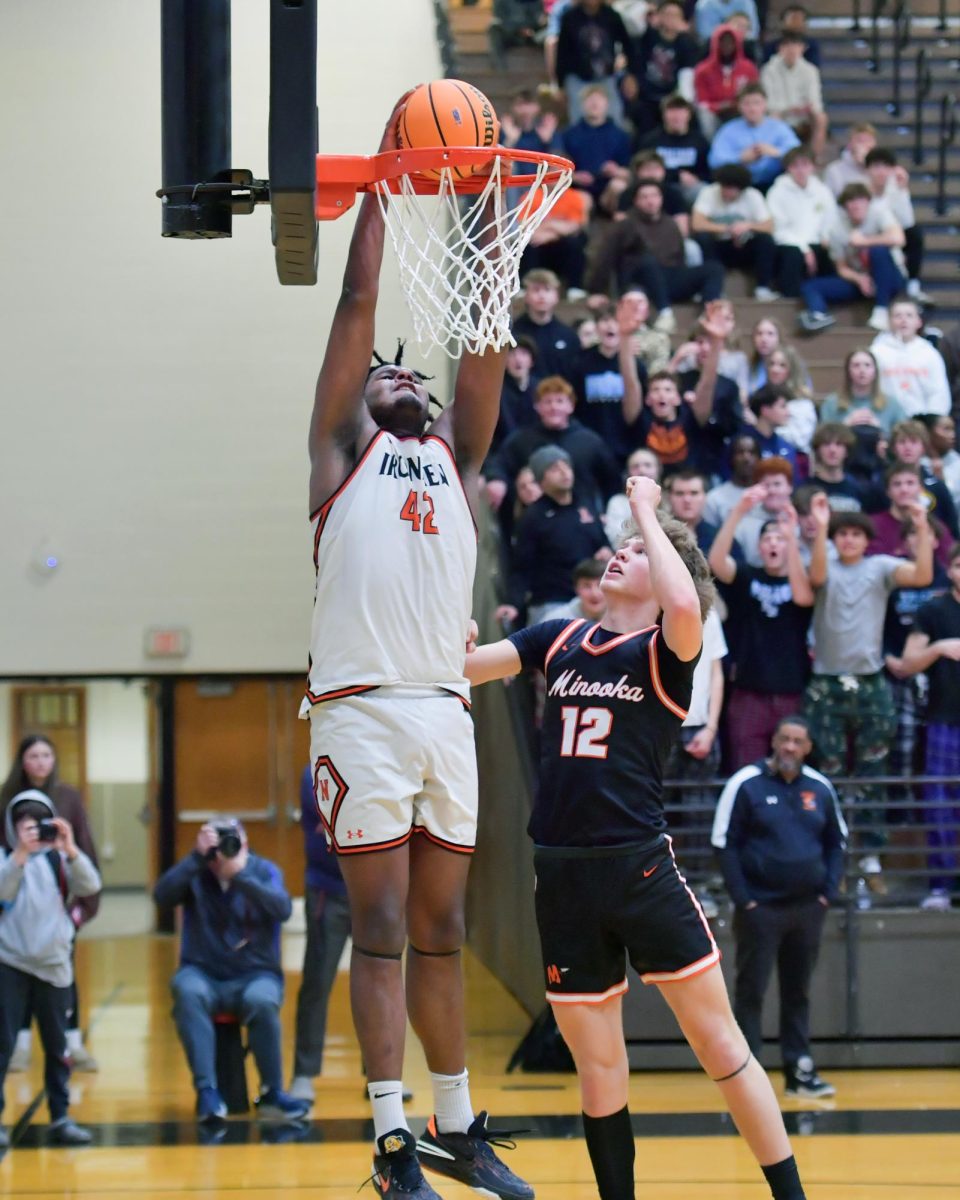
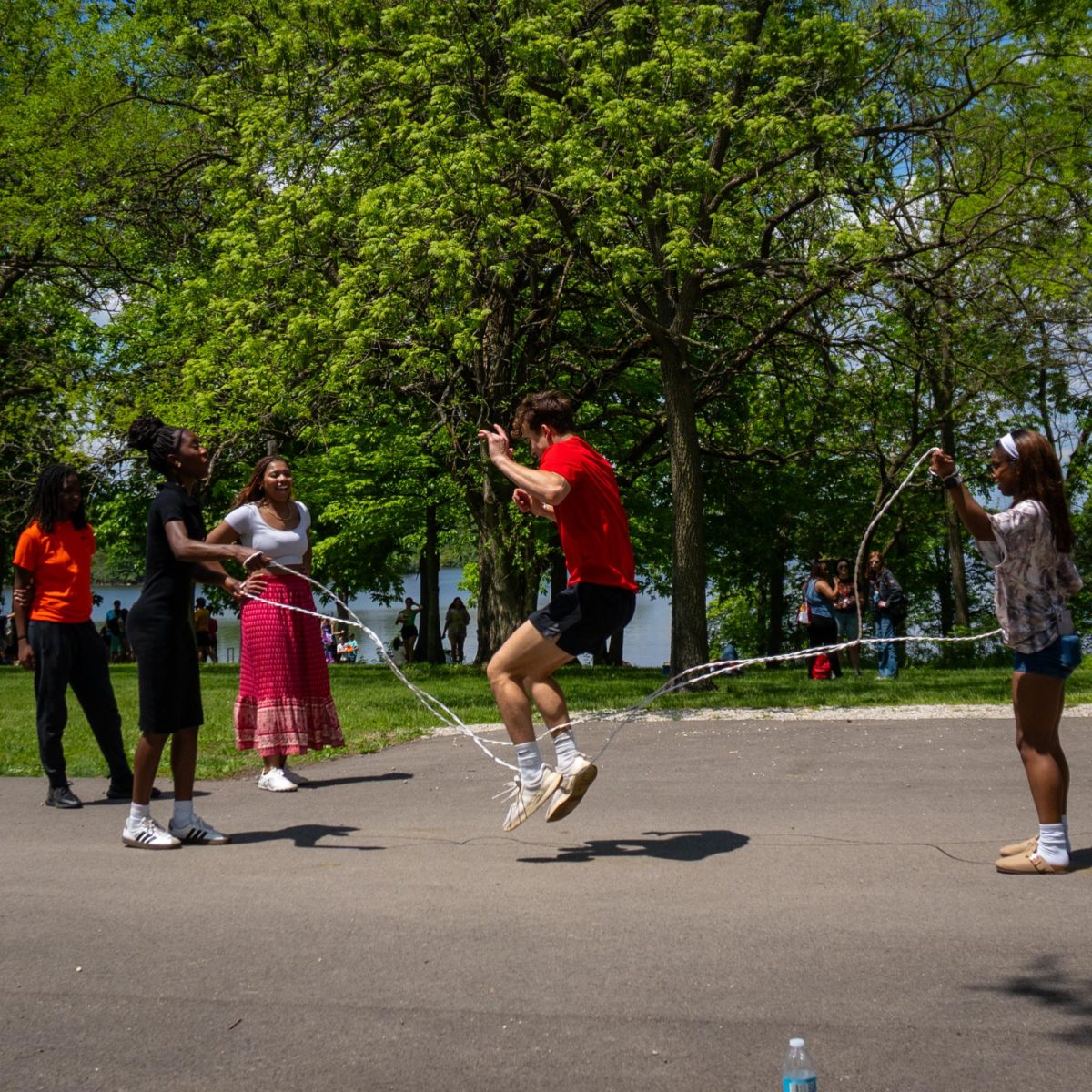
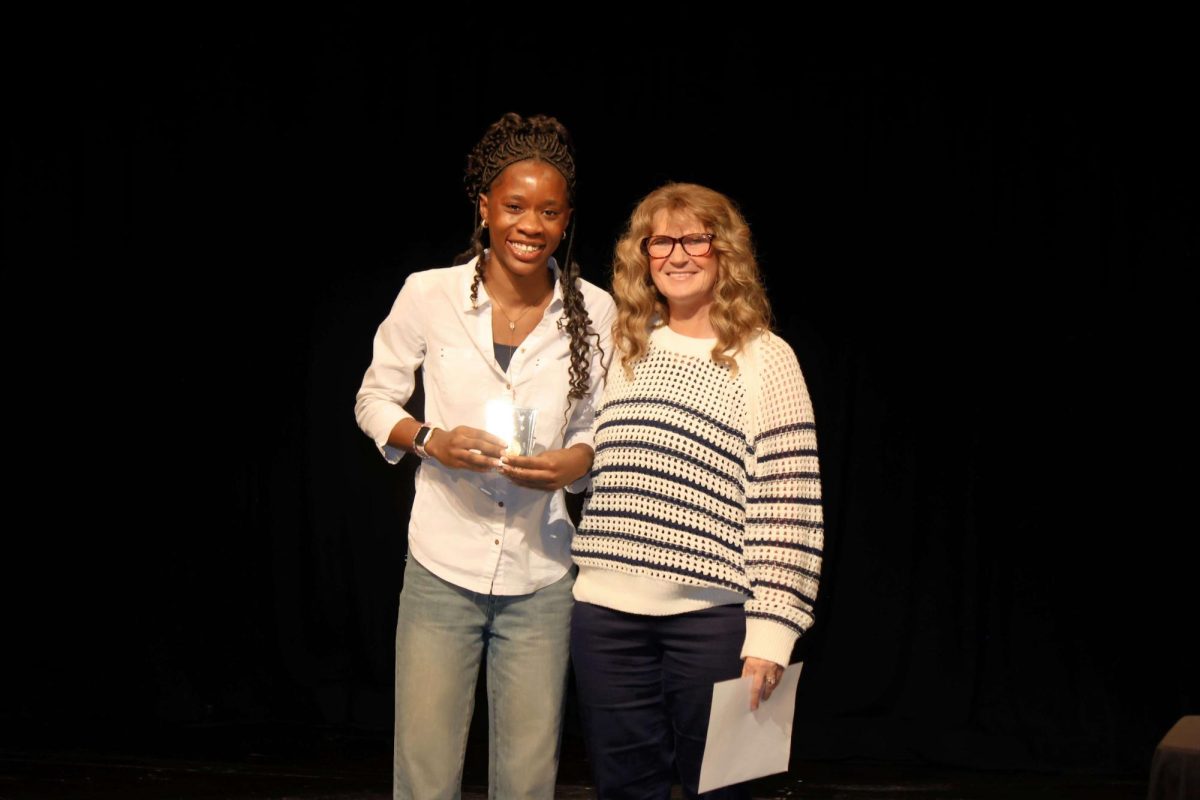




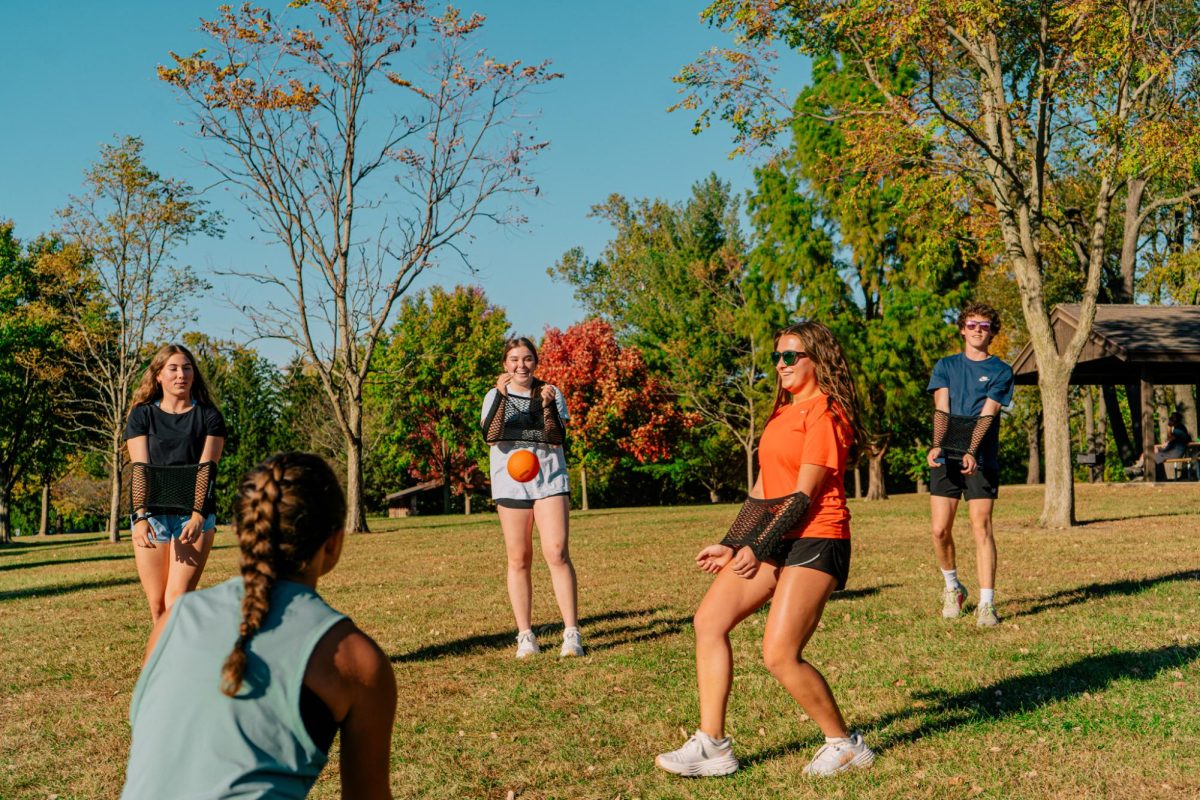
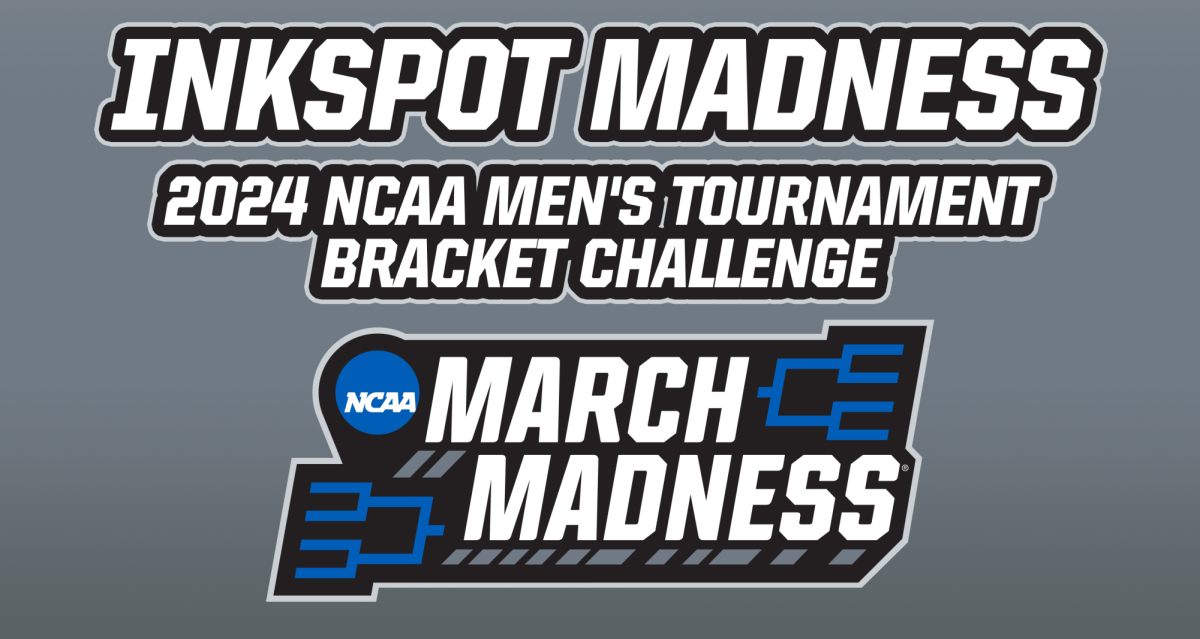
![Halloween candy cross section quiz [quiz]](https://nchsinkspot.com/wp-content/uploads/2022/10/Candy-cover-big-900x675.png)
![Average Jonah? [quiz]](https://nchsinkspot.com/wp-content/uploads/2022/05/average-jonah-900x600.png)


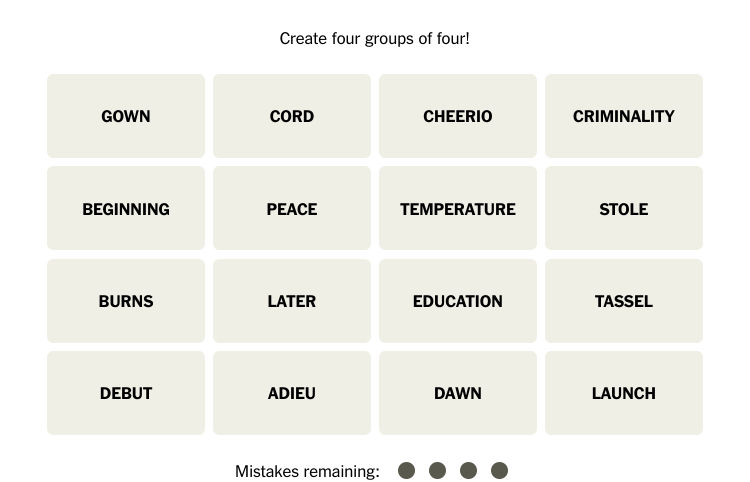
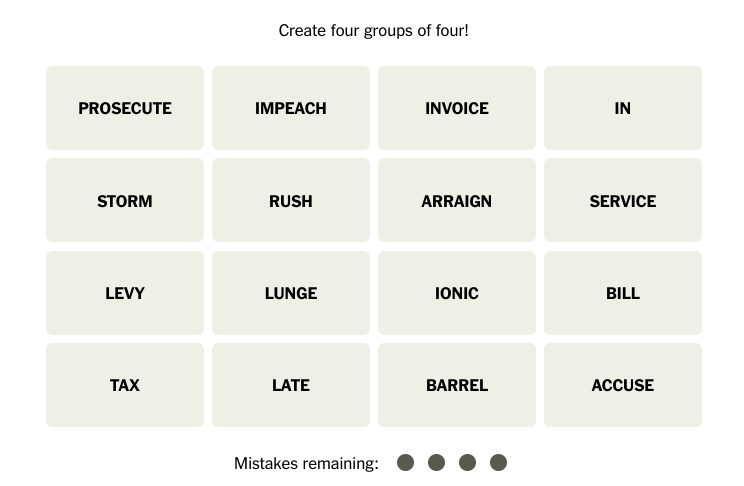
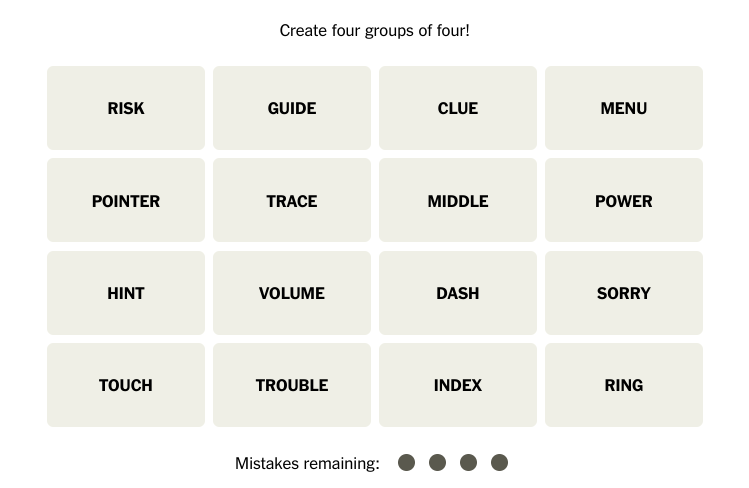
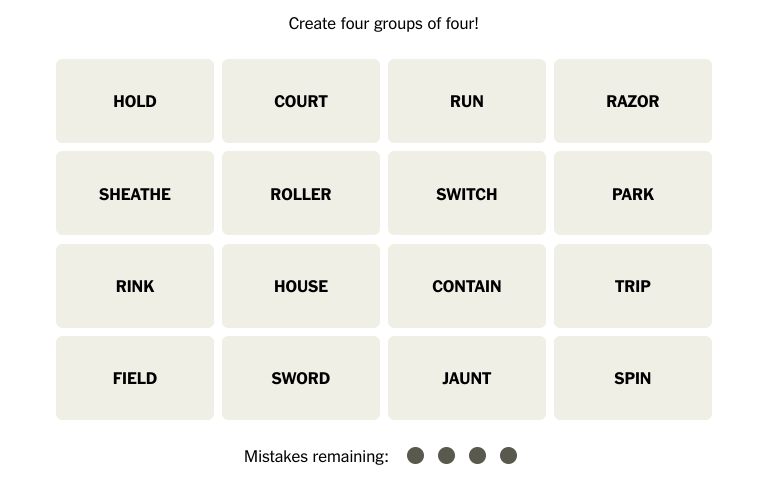
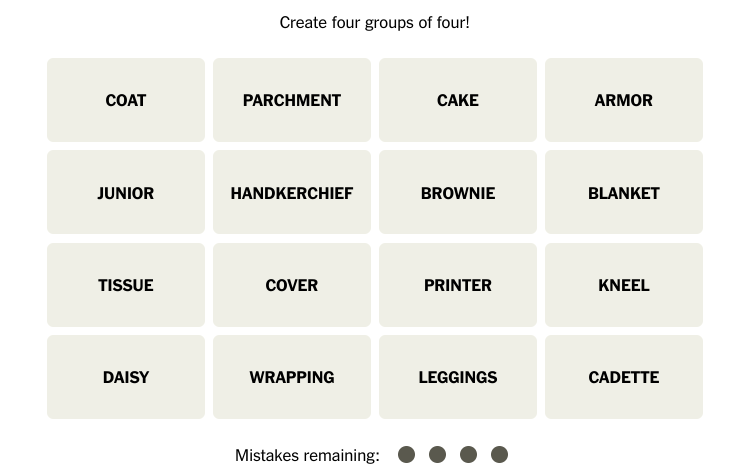















![Cell phone ban in schools? Community responds to proposed legislation [video]](https://nchsinkspot.com/wp-content/uploads/2025/04/Sequence.00_01_09_19.Still001-1200x675.png)
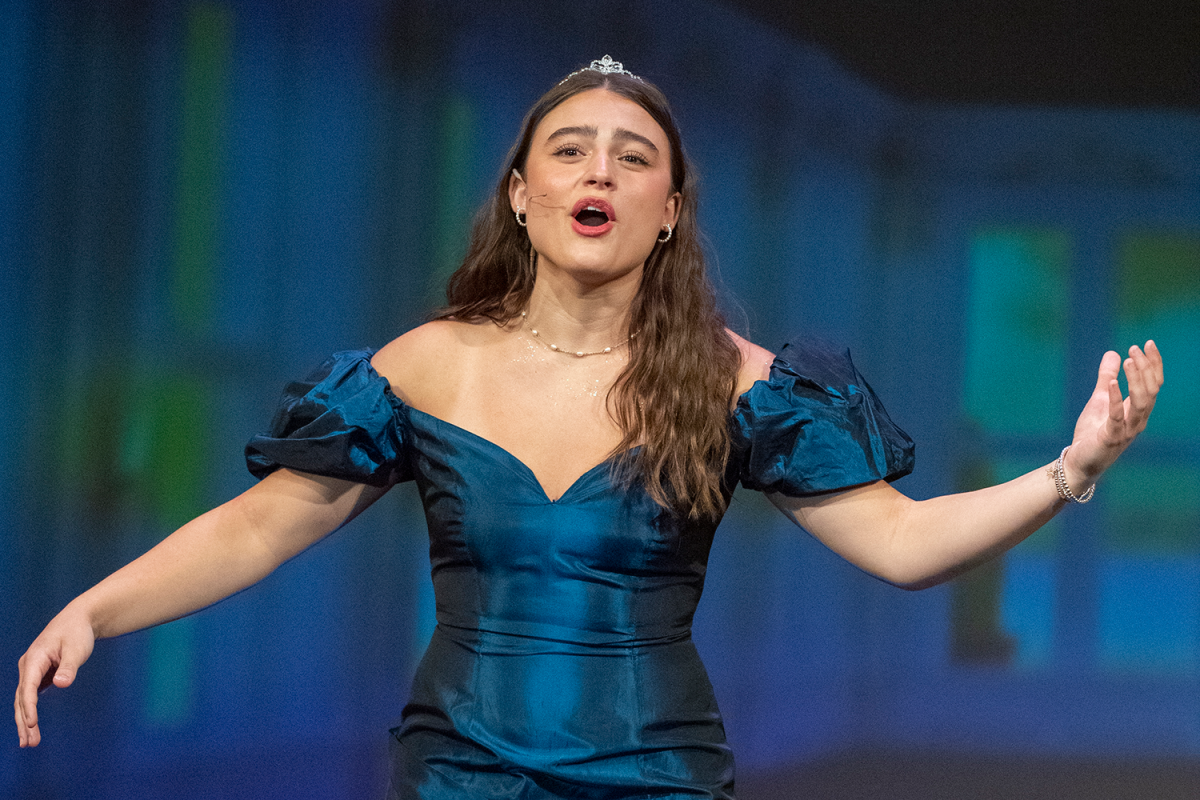



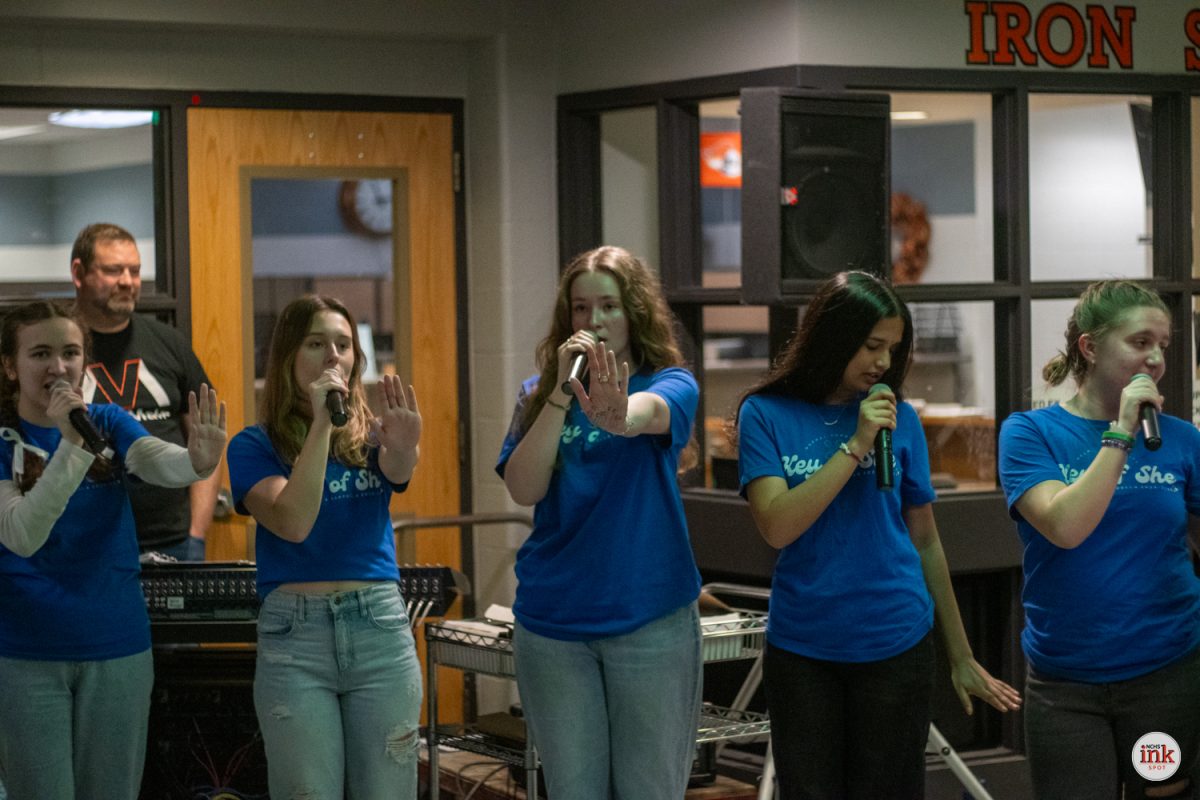
![Ironmen spring sports update: April 9 [video]](https://nchsinkspot.com/wp-content/uploads/2025/04/sports-recap-square-1200x1200.png)

![Ironmen in the hunt: Coach Feeney talks Big 12 Title race ahead of PND matchup [video]](https://nchsinkspot.com/wp-content/uploads/2025/01/feeney-1200x675.png)
![On the Spot: This or That – Halloween [video]](https://nchsinkspot.com/wp-content/uploads/2024/10/tot-Halloween-YT-1200x675.png)
![On the Spot: This or That – Fall favorites [video]](https://nchsinkspot.com/wp-content/uploads/2024/10/ots-fall-web-1200x800.png)
![On the Spot – Teachers tested on 2023’s hottest words [video]](https://nchsinkspot.com/wp-content/uploads/2024/01/On-the-Spot-Teachers-tested-1200x675.png)





